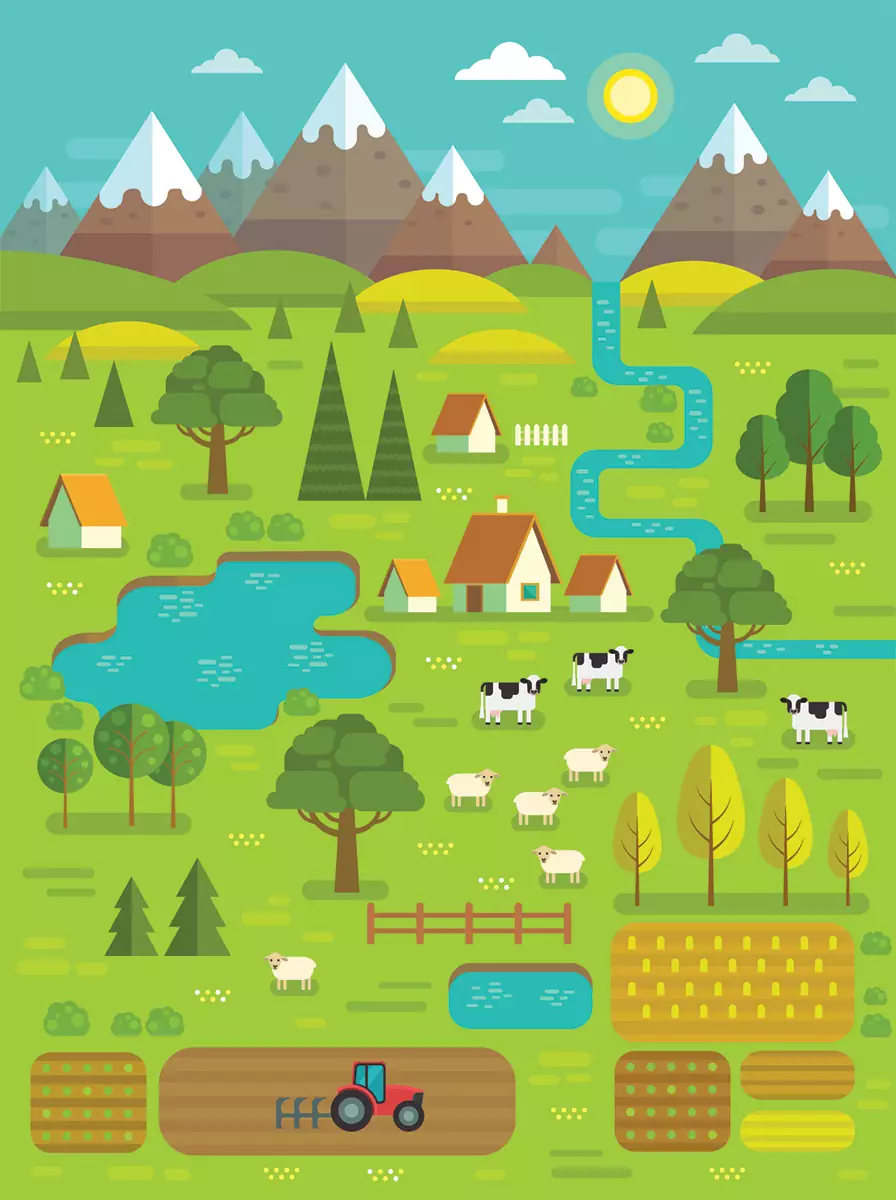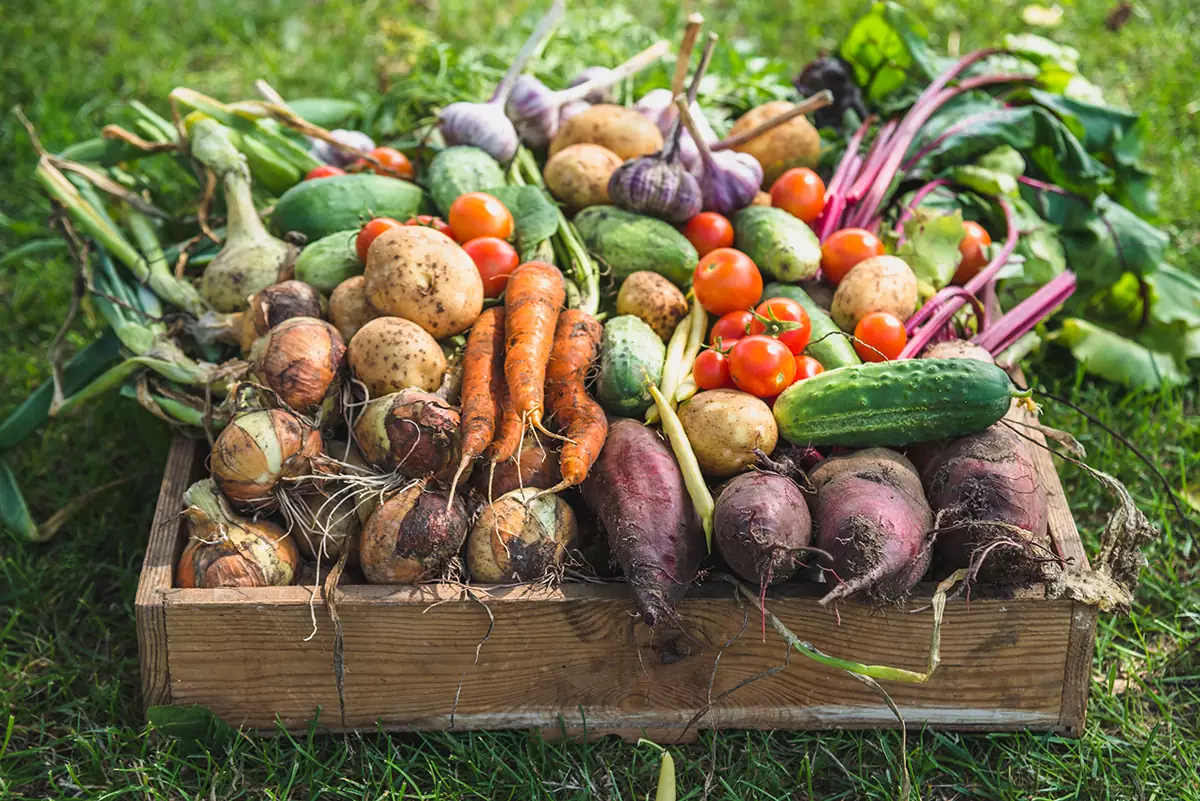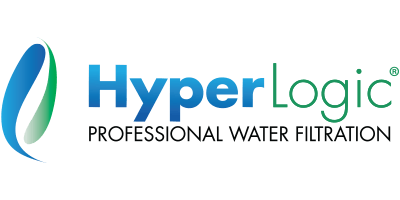The global decline of fresh water sources has forced many farmers to rely more heavily on aquifers, natural pockets of groundwater. However, overdrafting, industrialization, development, and climate change have all contributed to severe groundwater pollution. Some aquifers once used for farming are now so contaminated (with elements like sodium, boron, or nitrates) that they have become unsuitable to grow plants. Increasingly, farmers are turning to high efficiency reverse osmosis water filtration systems to strip polluted groundwater of impurities, lowering Total Dissolved Solids (TDS) up to 99% while producing minimal wastewater.
Groundwater depletion can also cause saltwater intrusion into aquifers. Salts inhibit both root development and photosynthetic efficiency in certain crops like strawberries and avocados, ultimately decreasing yields. Strawberries require 20 gallons of water to produce one pound of fruit due to the need for consistent watering of their shallow roots. If salt is present in groundwater, an efficient RO filter could be used to make the water usable.

Water and Organic Farming

The organic and local food movements have increased consumer awareness for quality products and sustainable production methods. Demand for clean, certifiably safe food is growing and consumers are looking for transparent production processes and farmers they can trust.
The declining availability of clean water has even led some farmers to seek questionable water sources like fracking wastewater. Ironically, the end product can still be labelled as organic, as there are few regulations for water quality when growing food. While purified water quality is not currently included in organic certifications, it is inevitable that it will play a larger role in safe, sustainable agriculture in the future.
Reverse Osmosis for Irrigation
Unlike indoor hydroponic agriculture, traditional outdoor agriculture typically does not require high-quality purified water, as the soil chemistry is able to buffer some of the harmful effects caused by poor water quality. If RO water quality is not necessary or is too expensive, lowering TDS is still required, blending RO water with a portion of the raw source water can economically lower contaminants to an acceptable level. Adding a blending valve to an RO system allows for total control of the final irrigation water’s TDS, creating the ideal water quality specific to the crop at an affordable operating cost. Read about the cost of RO in our HyperLogic Advantage.
If problematic contaminants are not present, but sediment levels are so high that it begins to clog the irrigation system, a backwashing sediment filter can be used in place of a larger, more expensive RO system to filter out sediment particles down to 5 microns. For higher flow applications contaminated with larger particles like sand, centrifugal sand separators can remove particles larger than 75 microns by using centripetal force to sling the sand outward and downward, without having to replace any screens or filter bags. Additionally, Ultrafiltration Systems (UF) can be used to remove bacteria, viruses, and turbidity down to 0.02 microns while producing minimal wastewater without the need for storage tanks.
Water Conservation for Sustainable Agriculture
With water quality on the decline, it is inevitable that consumers will increasingly become more conscious of the water quality that they consume, through eating and drinking. Strawberries are 92% water by weight, so if consumers are looking for nutrient dense food to nourish their bodies, the food should be grown with the purest water possible and free contaminants harmful to human health.
Modern agriculture consumes 80% of America’s water usage, and with mega-droughts in the forecast for the coming decades, efficient water usage will be key to successful farming operations. Additionally, the World Bank is reporting that growth rates could decline as much as 6% by 2050 as a result of water related losses, unless preventative measures are taken to protect water supplies from becoming overly contaminated and therefore increasing operation costs. As society becomes more reliant on water filtration due to a decline in water quality, water conservation technologies will take center stage to protect our most precious natural resource and source of all life on this planet—water.

